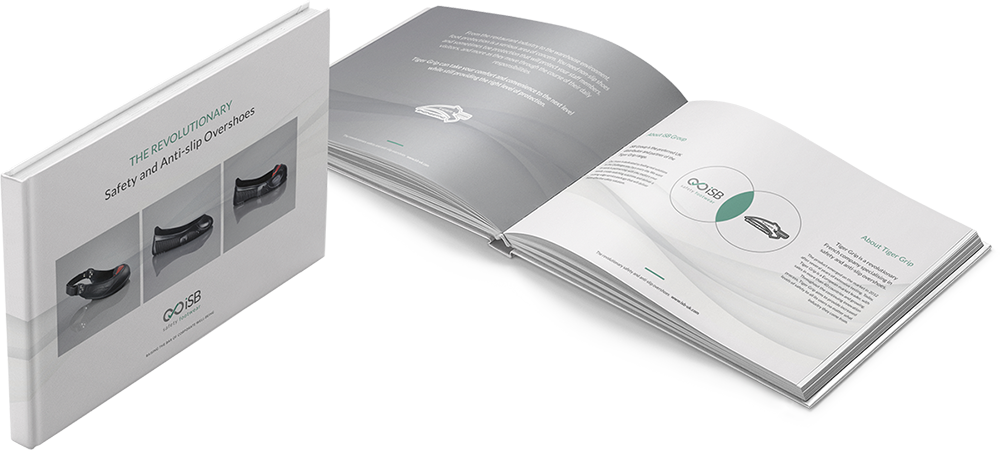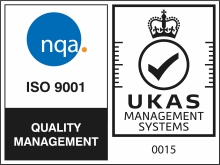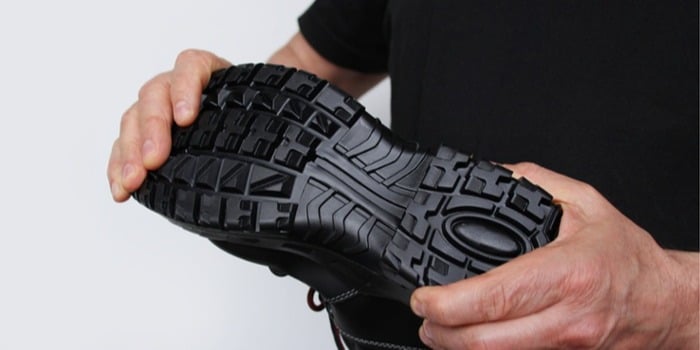
How long should safety footwear last?
How long should safety footwear last, and what steps can you take to make your employees’ footwear last longer? Mark Fishwick, Director at iSB Group, gives his top tips for longer lasting comfort and protection…
We are often asked by clients looking for a new safety footwear supplier, how long safety boots, shoes and trainers should last.
There’s no universal rule, as optimum longevity depends on the style of the footwear, the manufacturing processes and materials used, and the demands of the role for which it is designed. But experience tells us safety footwear lifetime is usually longer than clients think.
How long should safety footwear last?
Good quality safety footwear should last for at least as long as the manufacturer’s warranty, which in some cases is as much as 18 months. Generally the cheaper the footwear, the shorter the warranty, for obvious reasons.
Achieving this ideal, even in the most demanding workplace environment, is relatively straightforward, but requires businesses to follow four simple steps:
- Step 1: Engage with a specialist to help you choose the right product
- Step 2: Invest in quality
- Step 3: Know your hazards
- Step 4: Look after your footwear.
Let’s find out more…
Four simple steps to making your safety footwear last longer
Step 1: Choose the right product
We’ve said it before, and we’ll say it again – there is no one-size-fits-all for safety footwear. With so many different types and specifications, each offering a different level of protection against different hazards, it’s crucial to choose the right type for the demands of a particular role and environment. Inadequate or unsuitable safety footwear is likely to impact longevity, as the shoes won’t be designed to be robust enough to handle the specific demands being placed on them.
From water repellence and insulation against heat or cold, to anti-slip soles and midsole penetration protection, there are lots of different safety ratings which may or may not be applicable, depending on your workplace environment.
You’ll also want to consider the nature of the work being performed. Just as people walking on uneven ground require different protection to those walking on smooth indoor surfaces, your forklift drivers will have different needs to your pickers and packers, or your production line operatives. All the different movements we make as human beings, from bending and crouching, to stretching, walking, or standing still for long periods of time, require different foot positions, placing different demands on our footwear in terms of flexibility, lightweightness, and cushioning.
For further guidance, take a look at these free resources.
Step 2: Invest in quality
As with all PPE, it’s important when purchasing safety footwear that you invest in good quality products. Made with better quality materials and manufactured using technically advanced processes, good quality PPE is more consistent and has less chance of failing.
This might mean paying more per pair, but you’ll usually make savings in the long run, as your employees’ footwear will last longer. One of the common sayings we hear when discussing this aspect with our clients is “buy it cheap, but it twice”. Sadly, often times it can be way more than twice!
This is why we educate our clients to invest in purpose-designed products, not those built to a dollar in the hope sellers will find buyers for them.
Discover how an investment in better quality footwear paid dividends for one logistics business.
Step 3: Know your hazards
Some of this comes down to choosing the right footwear for the task, ensuring it has the appropriate level of robustness in the areas that are going to come under most stress and strain in that application.
It’s also important to ensure your employees understand the importance of not taking their safety footwear for granted. For example, we’ve heard of people kicking the toe caps out of their safety shoes, or snagging and ripping the mesh uppers, through kicking trolleys around warehouses rather than pushing them.
That said, sometimes we find an operation does requires something is carried out that could shorten the life of the footwear, so this should be evaluated ahead of the decision and products with suitable design features incorporated, e.g. scuff protection on the toecap.
Which brings us on to…
Step 4: Look after your footwear
If you’ve followed steps 1-3 so far then you’ll be well on your way to ensuring you get maximum longevity from your company’s investment in safety footwear.
However, even good quality, appropriate footwear worn and used correctly can degrade prematurely if not properly cared for. To maintain comfort and protection, safety shoes should be cleaned with care and dried naturally, and regularly inspected and maintained. Leather uppers always enjoy a coat of polish or wax. Footwear correctly cared for will perform better for longer.
Learn more: Find out what to look for when inspecting your safety footwear
You might be interested in:
The top 5 safety footwear for warehousing and logistics in 2022
What makes safety shoes safe? Pt 1: The Sole
You Might Like...
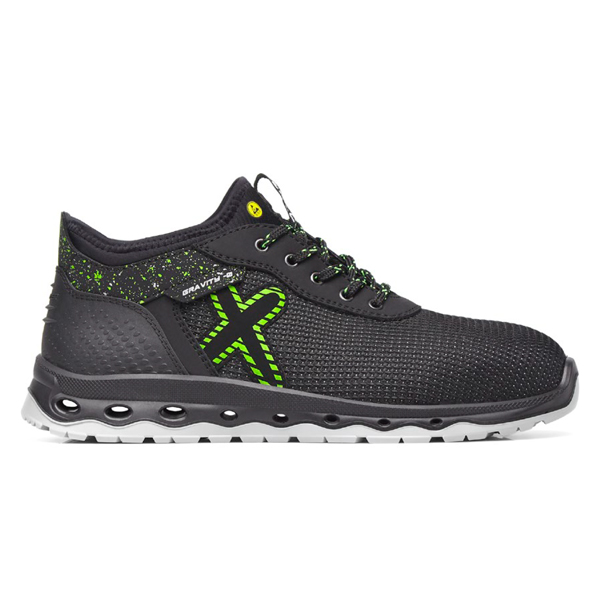 1
1
Gravity Jupiter Safety Trainers- E3200
Ultra resistant textile TECNO-TEXT upper
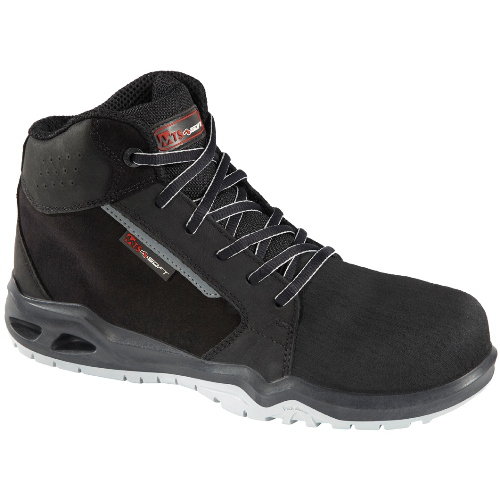 2
2
Vickers Leisure Safety Boots - M5811
High comfort sole, durable upper
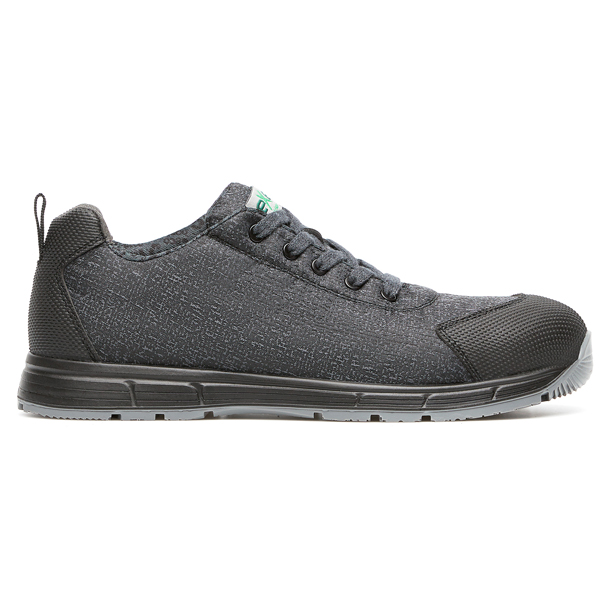 3
3
Exena Carbon Safety Trainers - E5630
Durable textile recycled upper
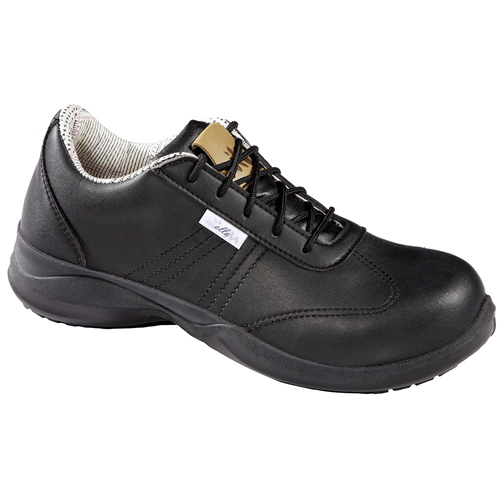 4
4
Elle Womens Safety Shoes - M0101
Women's fit, microfibre upper
You might also like
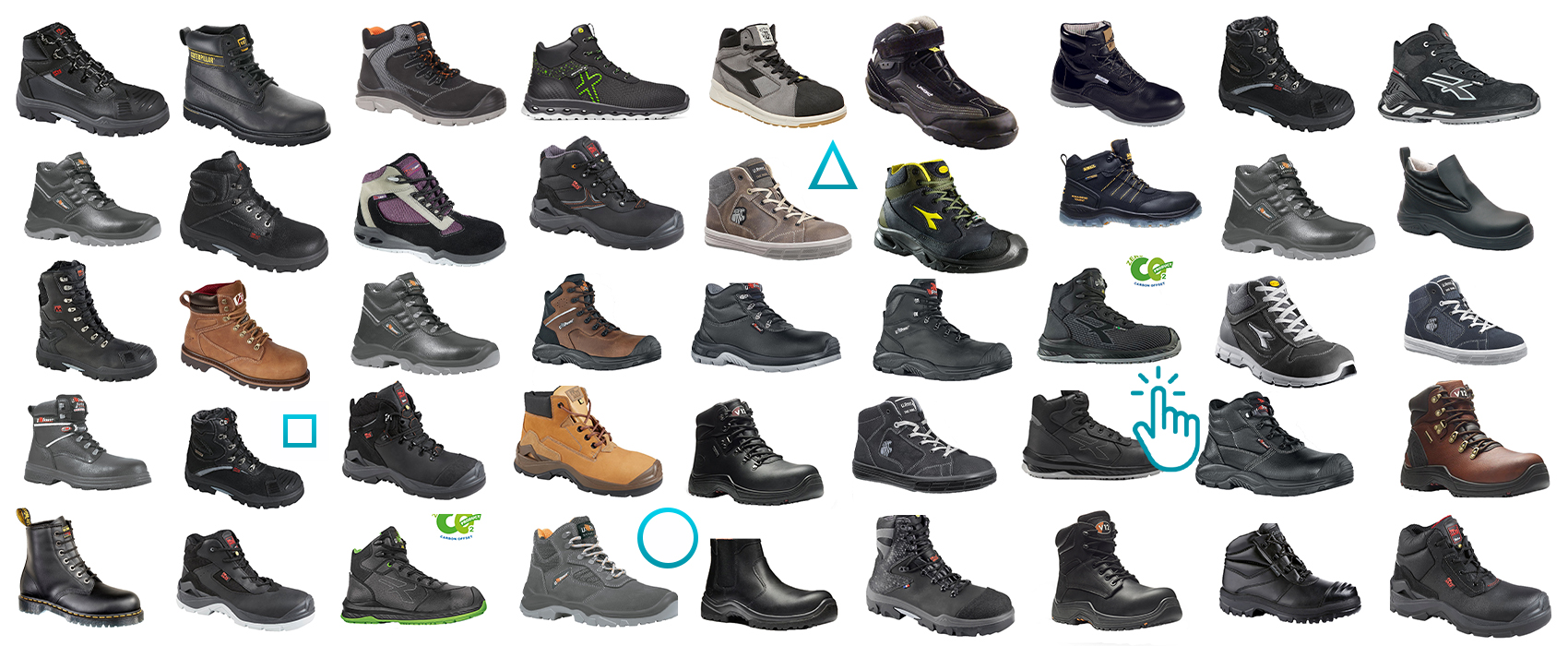
Best Safety Boots 2025
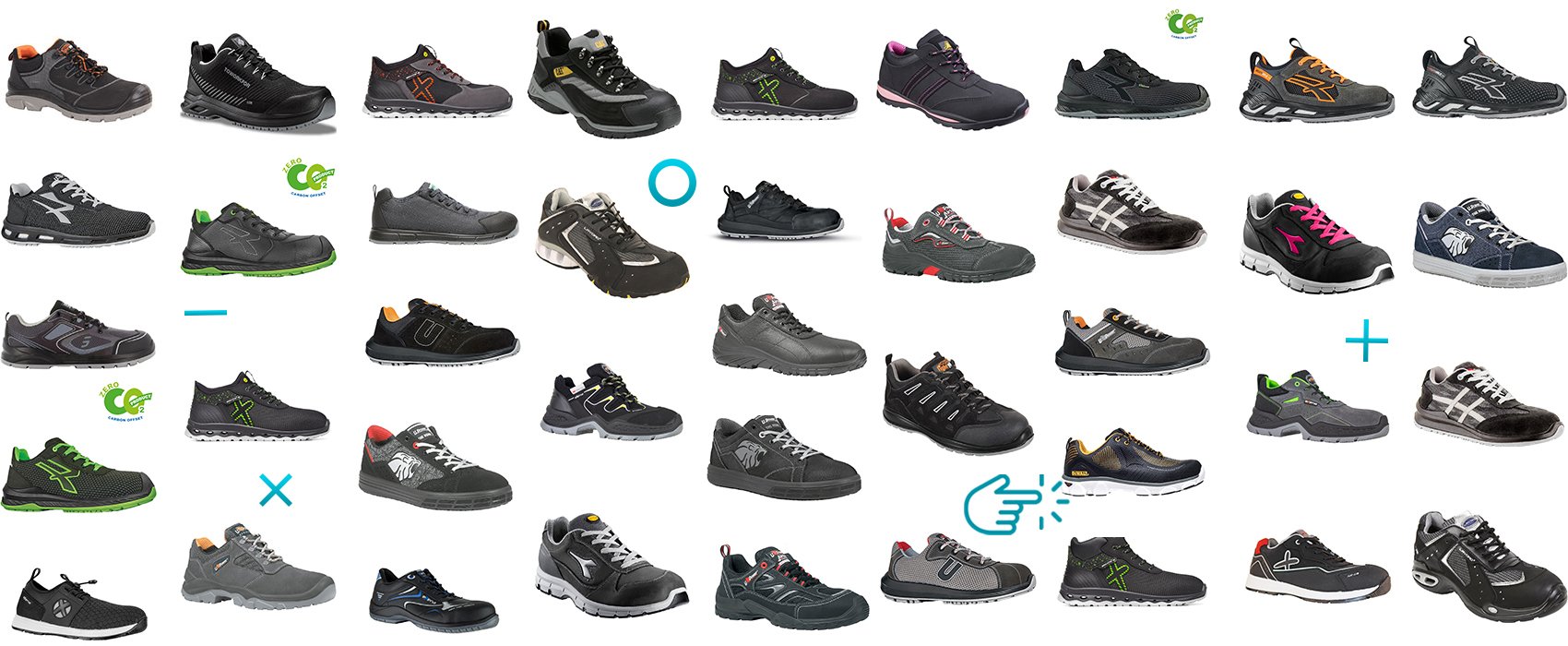
















.png?width=441&name=resources_right-safety-footwear_featured%20(1).png)
.png?width=441&name=resource_safety-footwear%20(2).png)
